Home>Gardening & Outdoor>Plant Care & Gardening Tips>When To Plant Native Grass In Colorado
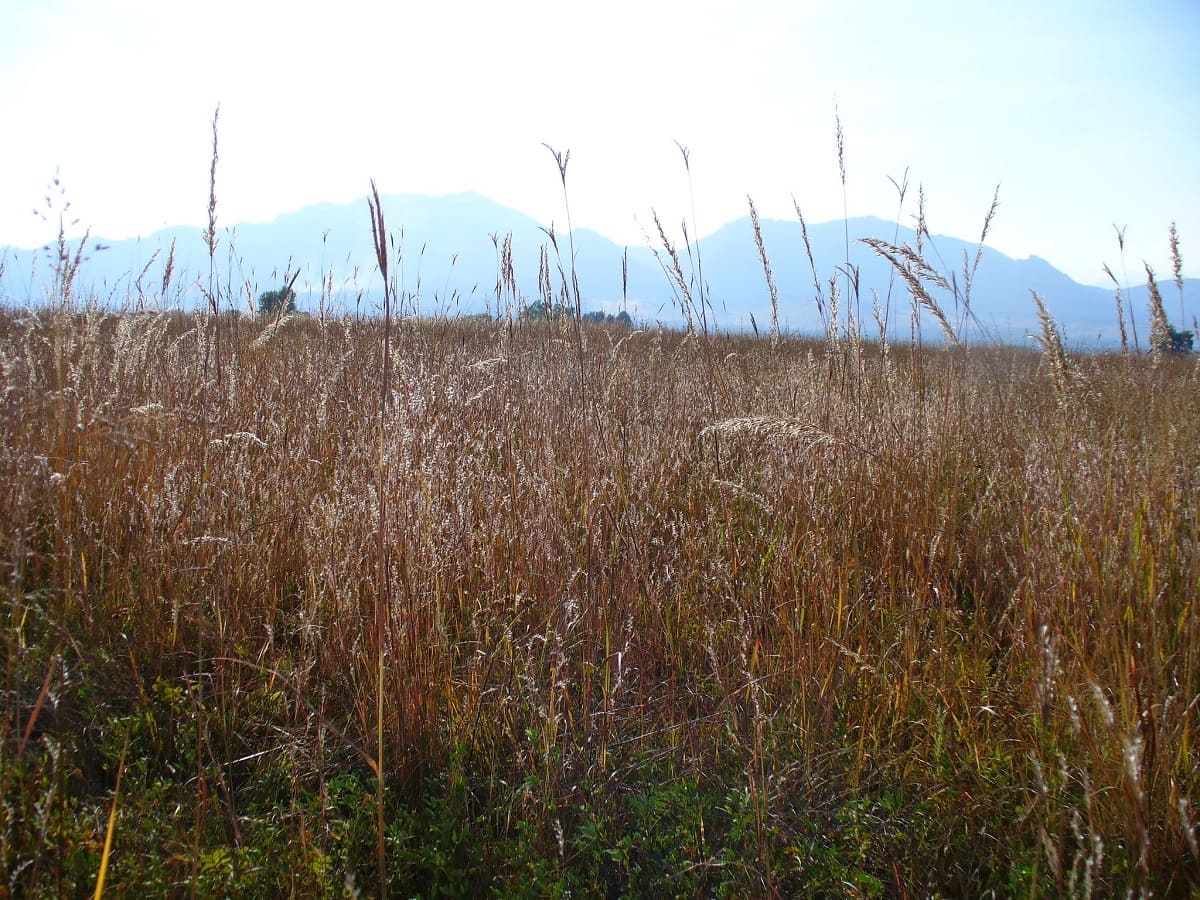

Plant Care & Gardening Tips
When To Plant Native Grass In Colorado
Modified: April 23, 2024
Discover the best time to plant native grass in Colorado and get expert plant care and gardening tips for a thriving garden. Learn more!
(Many of the links in this article redirect to a specific reviewed product. Your purchase of these products through affiliate links helps to generate commission for Storables.com, at no extra cost. Learn more)
**
Introduction
**
When it comes to cultivating a vibrant and sustainable landscape in Colorado, native grasses stand out as a top choice. These resilient plants have evolved to thrive in the unique environmental conditions of the region, making them an excellent option for homeowners and gardeners seeking low-maintenance and water-wise solutions. In this comprehensive guide, we will delve into the world of native grasses in Colorado, exploring the best practices for planting, nurturing, and maintaining these valuable components of the local ecosystem. Whether you are a seasoned gardener or a novice enthusiast, this article will equip you with the knowledge and insights needed to foster a thriving native grass habitat in your outdoor space. Let's embark on a journey to discover the beauty and benefits of native grasses in the picturesque landscapes of Colorado.
**
Key Takeaways:
- Colorado’s native grasses are resilient, low-maintenance, and vital for the environment, providing habitats for wildlife and preventing soil erosion in diverse climates and soil conditions.
- Plant native grasses in Colorado in spring for lowland areas and fall for higher elevations, aligning with the natural growth cycles and weather patterns to establish healthy and sustainable grassland ecosystems.
Read more: When To Plant Grass In Colorado
Understanding Native Grasses in Colorado
Native grasses play a pivotal role in Colorado’s diverse ecosystems, contributing to the overall health of the environment and providing essential habitats for wildlife. These grasses have adapted over centuries to the state’s varying climates, including the high plains, foothills, and mountain regions, making them well-suited to thrive in the local soil and weather conditions.
Colorado is home to an array of native grass species, each with its unique characteristics and benefits. Some common varieties include Blue Grama Grass (Bouteloua gracilis), Buffalo Grass (Buchloe dactyloides), and Sideoats Grama (Bouteloua curtipendula). These grasses are known for their drought tolerance, resilience to temperature fluctuations, and ability to support diverse ecosystems.
Moreover, native grasses play a crucial role in preventing soil erosion, conserving water, and supporting the overall biodiversity of the region. Their extensive root systems help bind the soil together, reducing the risk of erosion, especially in areas prone to wind and water movement. Furthermore, these grasses provide food and shelter for various wildlife, including birds, insects, and small mammals, contributing to the ecological balance of Colorado’s landscapes.
By understanding the unique attributes and ecological significance of native grasses, gardeners and landowners can make informed decisions about incorporating these plants into their outdoor spaces, promoting sustainability and environmental stewardship.
Factors to Consider Before Planting
Before embarking on the journey of planting native grasses in Colorado, several key factors should be carefully considered to ensure the success and longevity of the grassland ecosystem. Understanding these considerations will help gardeners and landowners make informed decisions and create an environment where native grasses can thrive.
- Local Climate and Soil Conditions: Colorado’s diverse microclimates and soil types can significantly impact the growth and development of native grasses. It is essential to research and understand the specific climate and soil conditions in your area to select grass species that are well-adapted to these factors. For example, some grasses may thrive in the dry, arid conditions of the eastern plains, while others may prefer the cooler temperatures of the mountain regions.
- Water Availability and Conservation: Given Colorado’s semi-arid climate, water availability is a crucial consideration for planting native grasses. Selecting drought-tolerant species and implementing water-efficient irrigation methods can help conserve water while supporting healthy grass growth. Additionally, incorporating rainwater harvesting systems and utilizing mulching techniques can further enhance water conservation efforts.
- Sunlight Exposure: Understanding the sunlight requirements of native grass species is essential for determining the ideal planting locations in your landscape. Some grasses thrive in full sun, while others prefer partial shade. Assessing the sunlight exposure in different areas of your property will aid in selecting the most suitable grass species for each location.
- Wildlife and Ecological Impact: Consider the potential impact of native grass planting on local wildlife and ecosystems. Native grasses play a vital role in providing food and habitat for various wildlife species, so it is important to assess how their introduction may influence the existing ecological balance. Additionally, incorporating diverse grass species can support pollinators, birds, and other beneficial wildlife.
- Local Regulations and Maintenance: Familiarize yourself with any local regulations or guidelines related to planting native grasses. Some areas may have specific requirements or restrictions concerning the types of grass species that can be planted. Furthermore, understanding the maintenance needs of native grasses, such as mowing schedules and weed control, is essential for long-term success.
By carefully evaluating these factors and conducting thorough research, individuals can make well-informed decisions when planning and establishing native grass habitats, contributing to the preservation and enhancement of Colorado’s natural landscapes.
Best Time to Plant Native Grass in Colorado
Choosing the optimal time for planting native grasses is crucial for establishing healthy and resilient grassland ecosystems in Colorado. The state’s diverse climates and elevation variations influence the ideal timing for planting, ensuring that the grasses have the best opportunity to take root and flourish. Understanding the seasonal dynamics and weather patterns will guide gardeners and landowners in determining the best time to initiate the planting process.
Spring Planting:
Spring is generally considered an ideal time to plant native grasses in Colorado, particularly in the lowland and foothill regions. As the temperatures begin to warm up and the soil becomes workable, typically from late April to early June, the conditions are conducive for grass establishment. Spring planting allows the grasses to take advantage of the increasing daylight and warmth, promoting robust root development and early growth. Additionally, spring planting aligns with the natural growth cycles of many native grass species, optimizing their adaptation to the local environment.
Fall Planting:
For higher elevation areas and mountainous regions, fall planting can be a favorable option for establishing native grasses. Planting in the early fall, typically from late August to early October, allows the grasses to take root before the onset of winter. The cooler temperatures and adequate moisture during the fall season create favorable conditions for root establishment, enabling the grasses to develop resilience during the winter months. Fall-planted grasses are well-positioned to experience vigorous growth when spring arrives, benefiting from the moisture retained in the soil and the gradual warming of temperatures.
Considerations for Timing:
While spring and fall are generally recommended for planting native grasses, it is essential to consider the specific characteristics of the chosen grass species, local climate variations, and frost dates when determining the optimal planting time. Consulting with local gardening experts, extension services, or native plant nurseries can provide valuable insights into the best timing for planting native grasses based on regional factors.
By aligning the planting process with the most suitable seasonal conditions, individuals can maximize the success of establishing vibrant and sustainable native grass habitats, contributing to the preservation of Colorado’s natural ecosystems.
Plant native grass in Colorado in the spring, after the last frost but before the heat of summer. This allows the grass to establish strong roots before the hot, dry conditions set in.
Preparation and Planting Process
Preparing the soil and executing the planting process with care and precision are essential steps in establishing thriving native grass habitats in Colorado. By following the recommended guidelines and best practices, gardeners and landowners can create an environment conducive to the successful growth and development of native grass species, contributing to the overall health and beauty of the landscape.
Soil Preparation:
Prior to planting, it is crucial to assess and prepare the soil to provide an optimal foundation for native grass growth. Conduct a soil test to determine its composition, pH levels, and nutrient content. Based on the test results, amend the soil as needed, incorporating organic matter and soil conditioners to improve its structure and fertility. Adequate soil preparation promotes healthy root development and enhances the grasses’ ability to access essential nutrients and moisture.
Site Selection:
Identify suitable planting sites that align with the sunlight requirements and soil conditions preferred by the chosen native grass species. Clear the planting area of any existing vegetation, debris, or weeds to minimize competition for resources and create a favorable environment for the new grasses to establish themselves. Additionally, consider the natural drainage patterns and topography of the site to ensure proper water flow and moisture retention.
Planting Techniques:
When planting native grass seeds, follow the recommended seeding rates and planting depths specific to the chosen grass species. Ensure that the seeds make good soil contact for optimal germination by lightly raking or rolling the soil after seeding. For larger-scale plantings, utilizing specialized seeding equipment or techniques, such as hydroseeding, can facilitate efficient and uniform seed distribution across the planting area.
Watering and Establishment:
After planting, provide consistent moisture to support the initial establishment of the native grasses. Utilize gentle watering techniques to prevent soil erosion and promote even seed germination. Depending on the grass species and environmental conditions, a carefully planned irrigation schedule may be necessary to ensure adequate moisture without promoting excessive weed growth. Monitoring the moisture levels and adjusting watering practices as needed is essential for the successful establishment of the grasses.
Post-Planting Care:
Implement post-planting care practices, such as mulching and weed management, to protect the newly planted grasses and minimize competition from unwanted vegetation. Mulching with organic materials can help conserve moisture, regulate soil temperature, and reduce weed pressure, contributing to the overall health and resilience of the grassland ecosystem.
By diligently preparing the soil, selecting appropriate planting sites, and implementing effective planting and post-planting care techniques, individuals can foster the growth of robust and sustainable native grass habitats, enhancing the natural beauty and ecological value of Colorado’s landscapes.
Read more: When To Plant Grass Seed In Colorado
Caring for Native Grasses
Once native grasses have been successfully established, ongoing care and maintenance are essential to ensure their long-term health and vitality. By implementing thoughtful care practices, gardeners and landowners can support the resilience and beauty of native grass habitats, contributing to the overall sustainability and ecological value of Colorado’s landscapes.
Watering Guidelines:
Understanding the water requirements of native grass species is crucial for maintaining their health and vigor. While native grasses are generally drought-tolerant once established, supplemental watering may be necessary during extended dry periods, especially for newly planted grasses. However, it is important to strike a balance, as overwatering can be detrimental to the grasses and may promote weed growth. Utilize water-efficient irrigation methods and adjust watering frequency based on the specific needs of the grass species and the prevailing weather conditions.
Mowing and Trimming:
Proper mowing and trimming practices can contribute to the overall appearance and resilience of native grass habitats. Depending on the grass species and the desired aesthetic, mowing may be necessary to maintain an appropriate height and prevent thatch buildup. However, it is important to avoid excessive mowing, as allowing the grasses to grow to their natural heights can support wildlife habitat and contribute to the ecological diversity of the landscape. Additionally, trimming any invasive or undesirable vegetation around the native grasses can help minimize competition and promote their healthy growth.
Fertilization and Soil Health:
Native grasses generally have modest fertility requirements, and excessive fertilization should be avoided to prevent the potential negative impacts on the surrounding ecosystem. Instead, focus on maintaining soil health through organic practices, such as incorporating compost and organic matter to enhance soil structure and nutrient availability. Conduct periodic soil tests to assess the soil’s fertility levels and make informed decisions regarding any necessary soil amendments or corrective measures.
Weed Control:
Implementing effective weed control measures is essential for preserving the integrity of native grass habitats. Regularly monitor the planting area for invasive weeds and promptly address any weed infestations to prevent them from outcompeting the native grasses. Utilize targeted weed control methods, such as hand-pulling or spot treatments, to minimize the impact on the surrounding ecosystem while safeguarding the health of the native grasses.
Seasonal Considerations:
Adapt care practices based on seasonal dynamics and the specific growth patterns of native grass species. For example, adjusting watering frequencies in response to seasonal rainfall patterns and temperature fluctuations can help maintain optimal soil moisture levels. Additionally, consider the timing of any maintenance activities, such as mowing or trimming, to align with the natural life cycles of the grasses and minimize disruption to wildlife and beneficial insects.
By embracing a holistic approach to caring for native grasses, individuals can contribute to the preservation and enhancement of Colorado’s natural landscapes, fostering resilient and vibrant ecosystems that support the region’s unique biodiversity.
Conclusion
Native grasses hold a special place in the heart of Colorado’s landscapes, offering a multitude of benefits that extend far beyond their aesthetic appeal. By understanding the unique attributes and environmental significance of native grasses, individuals can play a pivotal role in nurturing these resilient plants and fostering sustainable ecosystems that contribute to the overall health and beauty of the region.
From the undulating plains to the majestic mountain slopes, native grasses have adapted to thrive in Colorado’s diverse climates and soil conditions, showcasing their resilience and ecological value. Their extensive root systems help combat soil erosion, while their ability to withstand drought and temperature fluctuations makes them valuable contributors to water-wise landscaping and conservation efforts. Furthermore, native grasses provide essential habitats and sustenance for a myriad of wildlife, enriching the ecological tapestry of Colorado’s natural environments.
When considering the best time to plant native grasses in Colorado, individuals are presented with the opportunity to align their efforts with the seasonal rhythms of the region, optimizing the conditions for successful establishment and growth. By carefully preparing the soil, selecting suitable planting sites, and implementing effective care practices, individuals can create thriving native grass habitats that contribute to the preservation of Colorado’s natural heritage.
As stewards of the land, it is essential to embrace a holistic approach to caring for native grasses, considering factors such as water conservation, weed control, and seasonal considerations to support the long-term health and vitality of these valuable ecosystems. By nurturing native grasses with thoughtfulness and dedication, individuals can contribute to the conservation of Colorado’s diverse flora and fauna, creating landscapes that are both visually captivating and ecologically sustainable.
In essence, the cultivation of native grass habitats in Colorado is a testament to the harmonious coexistence of human endeavors and the natural world, where the beauty of the landscape is enhanced through the preservation and celebration of indigenous plant species. By embracing the timeless wisdom of nature and the inherent resilience of native grasses, individuals can embark on a journey of environmental stewardship, creating enduring legacies that enrich the tapestry of Colorado’s natural landscapes for generations to come.
**
Frequently Asked Questions about When To Plant Native Grass In Colorado
Was this page helpful?
At Storables.com, we guarantee accurate and reliable information. Our content, validated by Expert Board Contributors, is crafted following stringent Editorial Policies. We're committed to providing you with well-researched, expert-backed insights for all your informational needs.
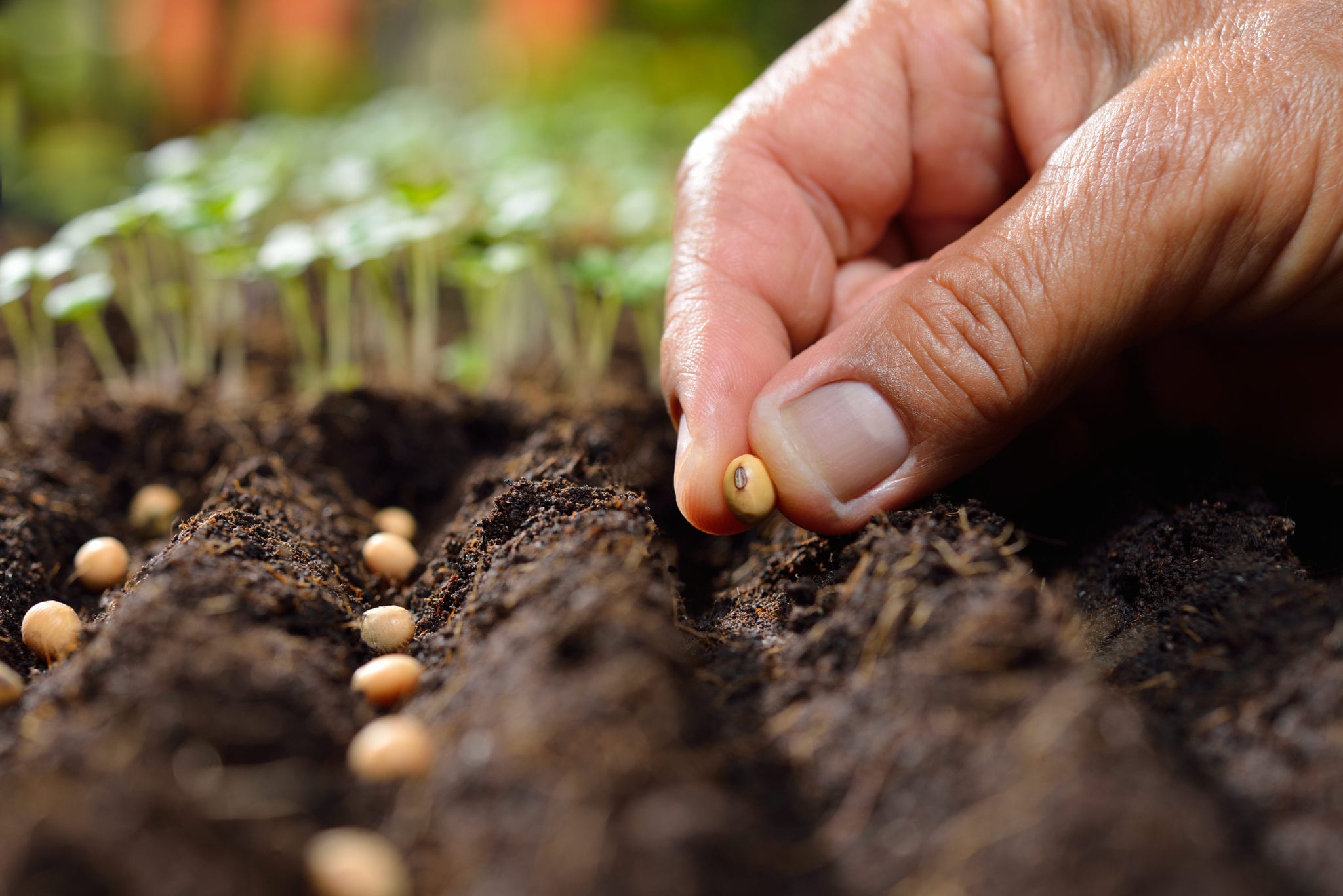

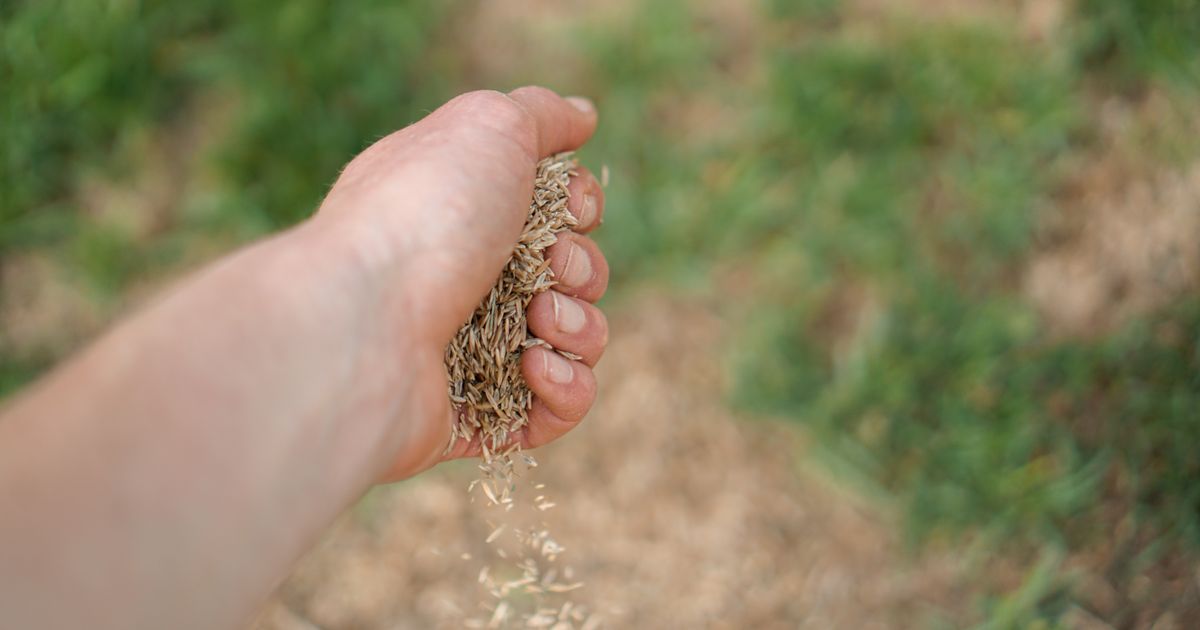
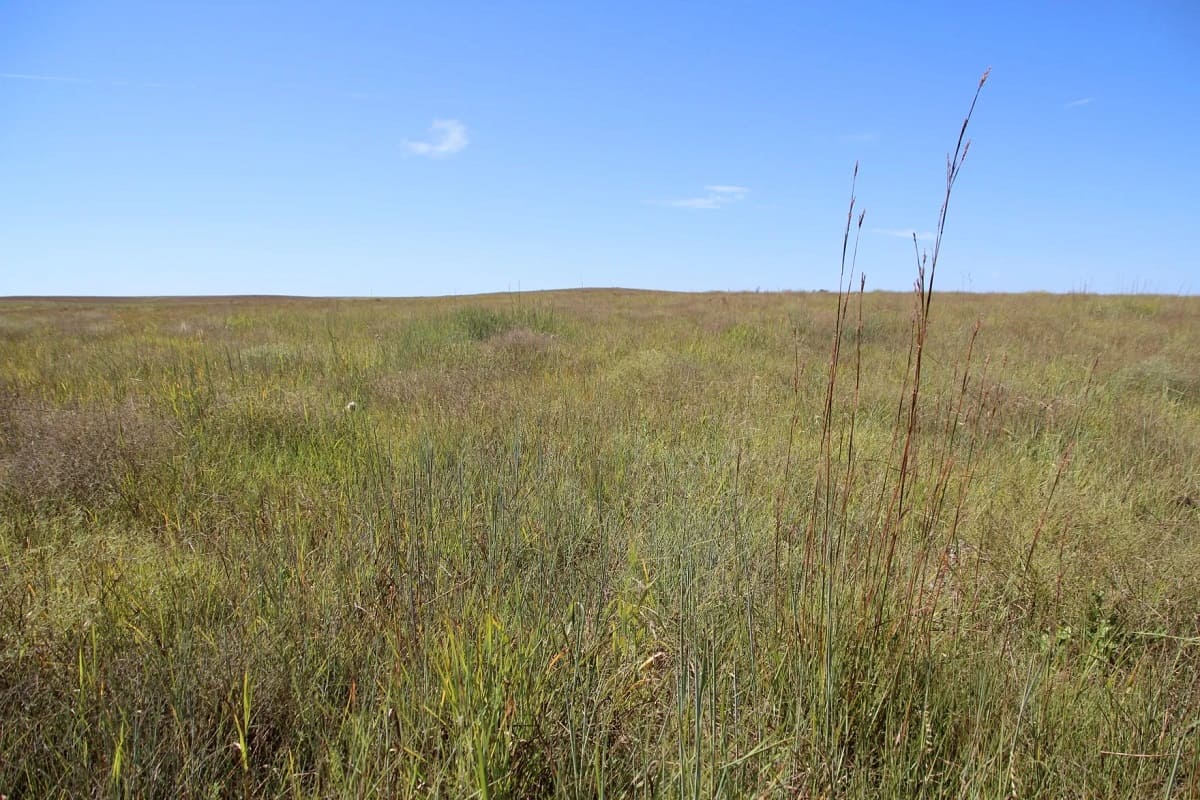
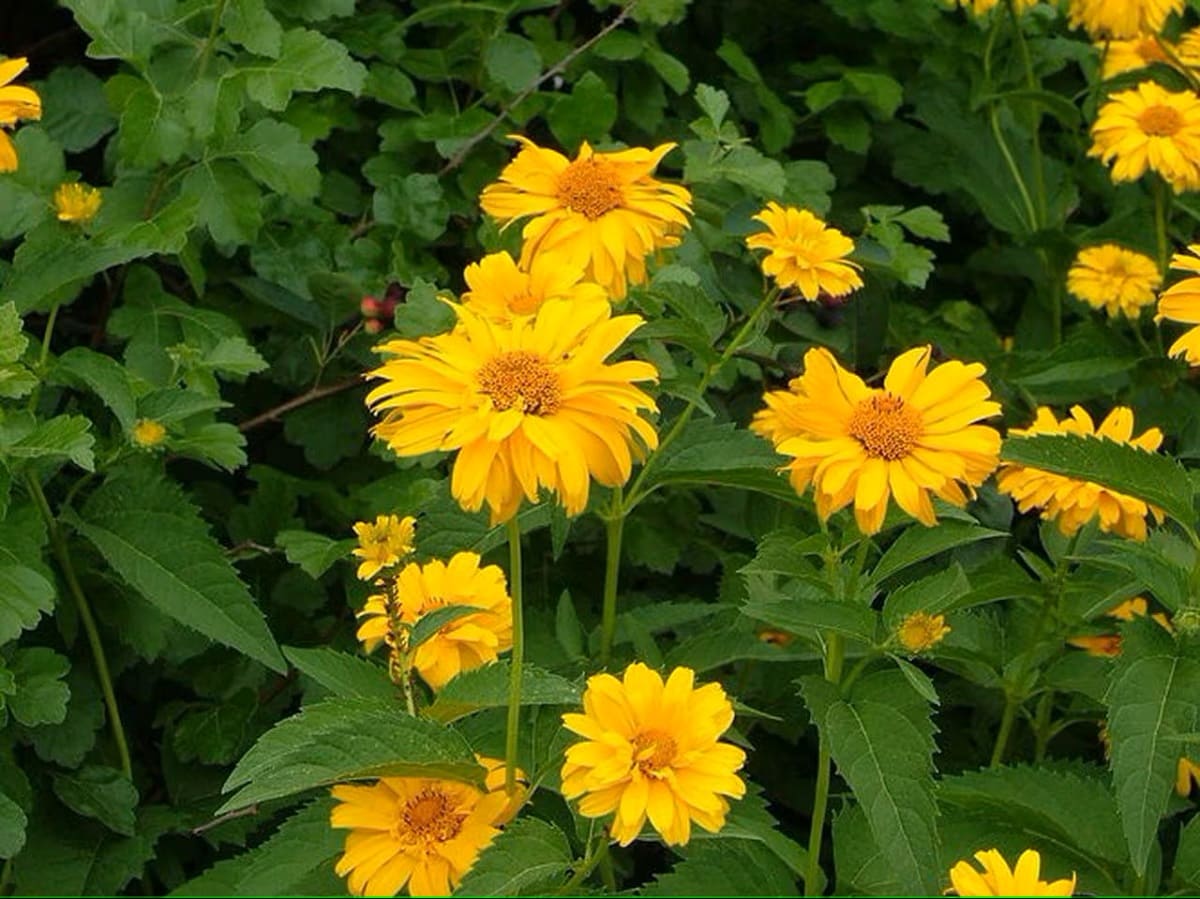
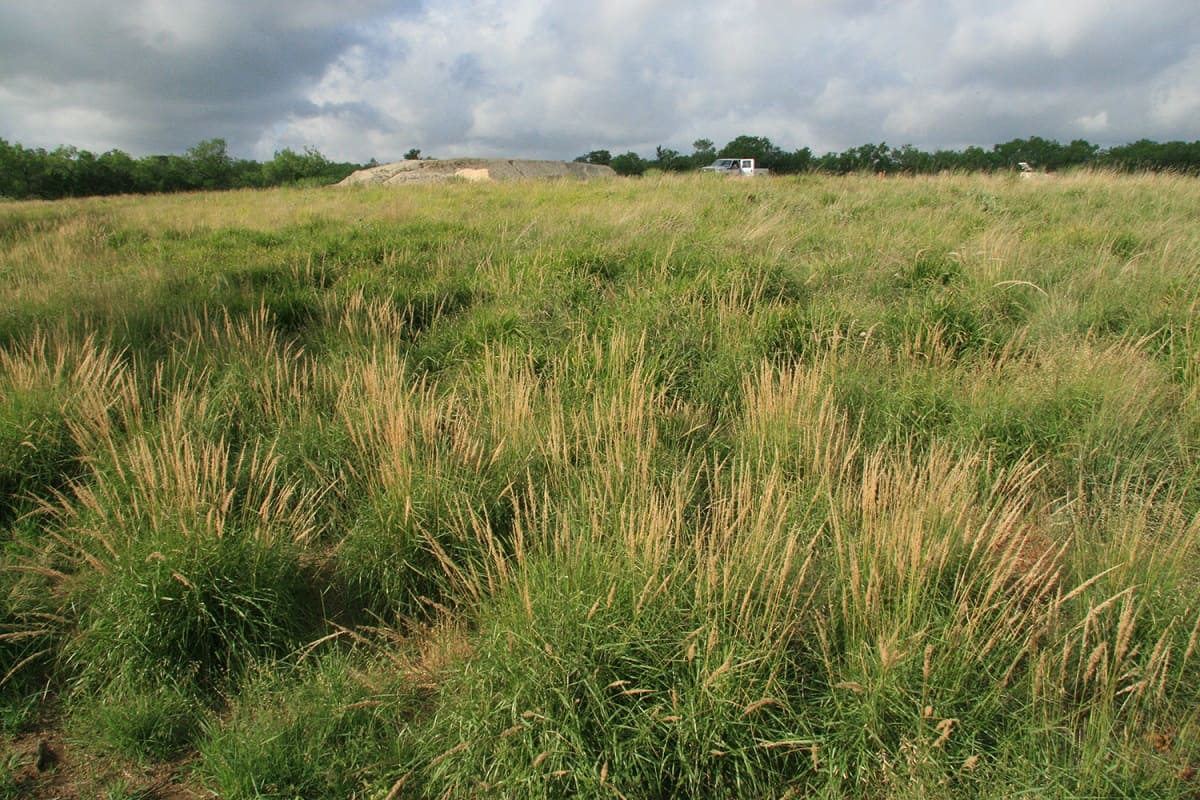
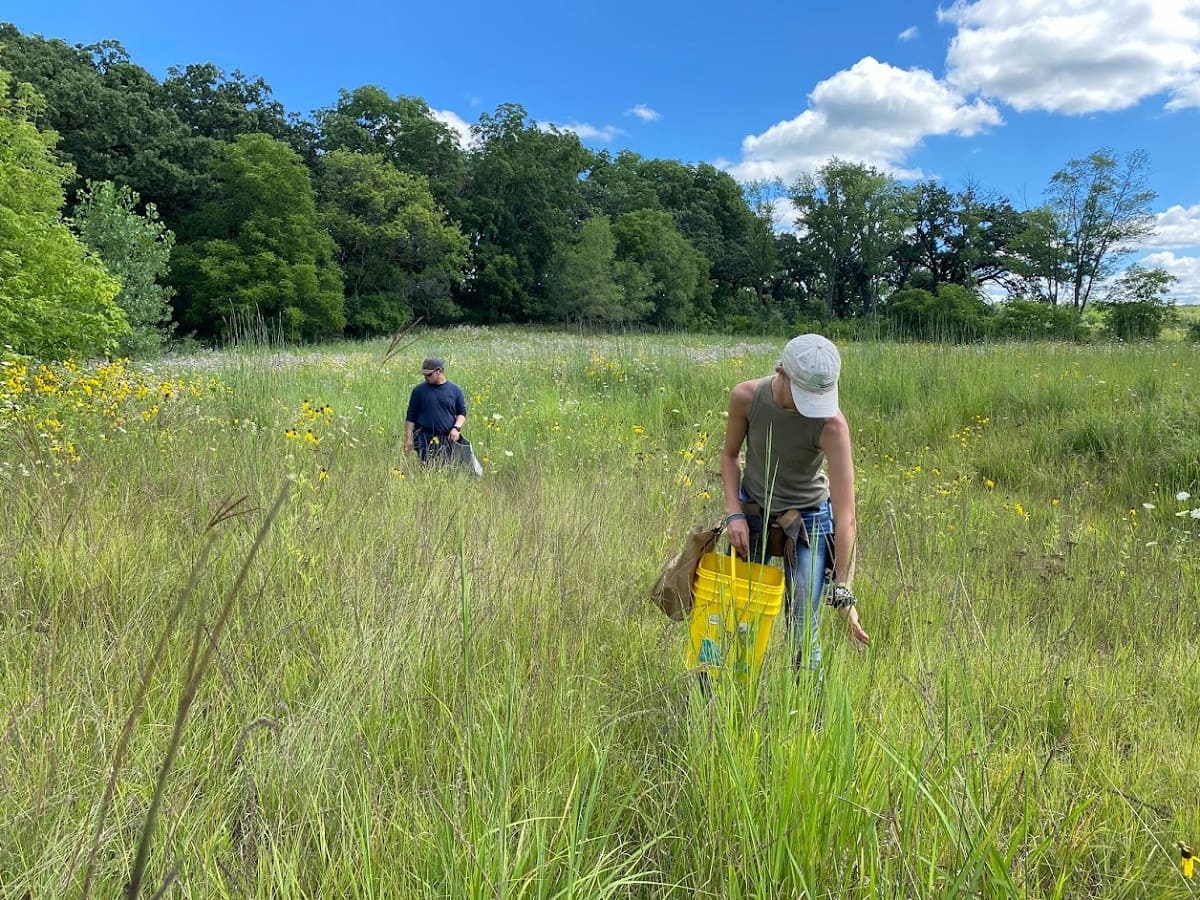
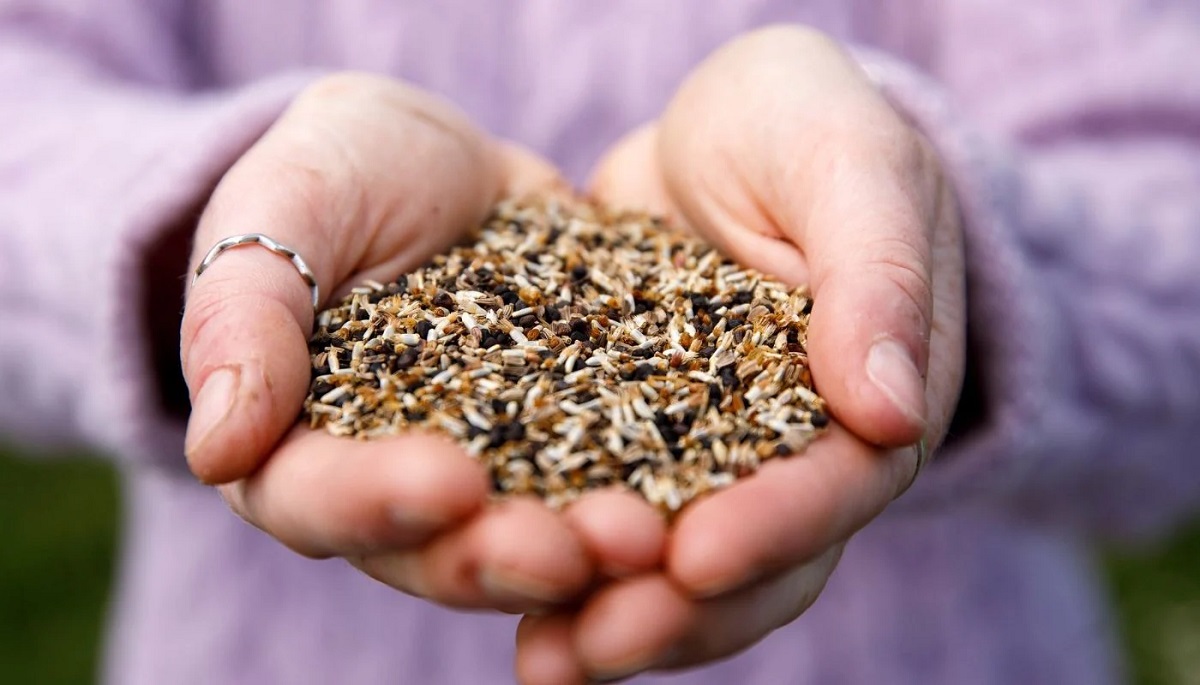
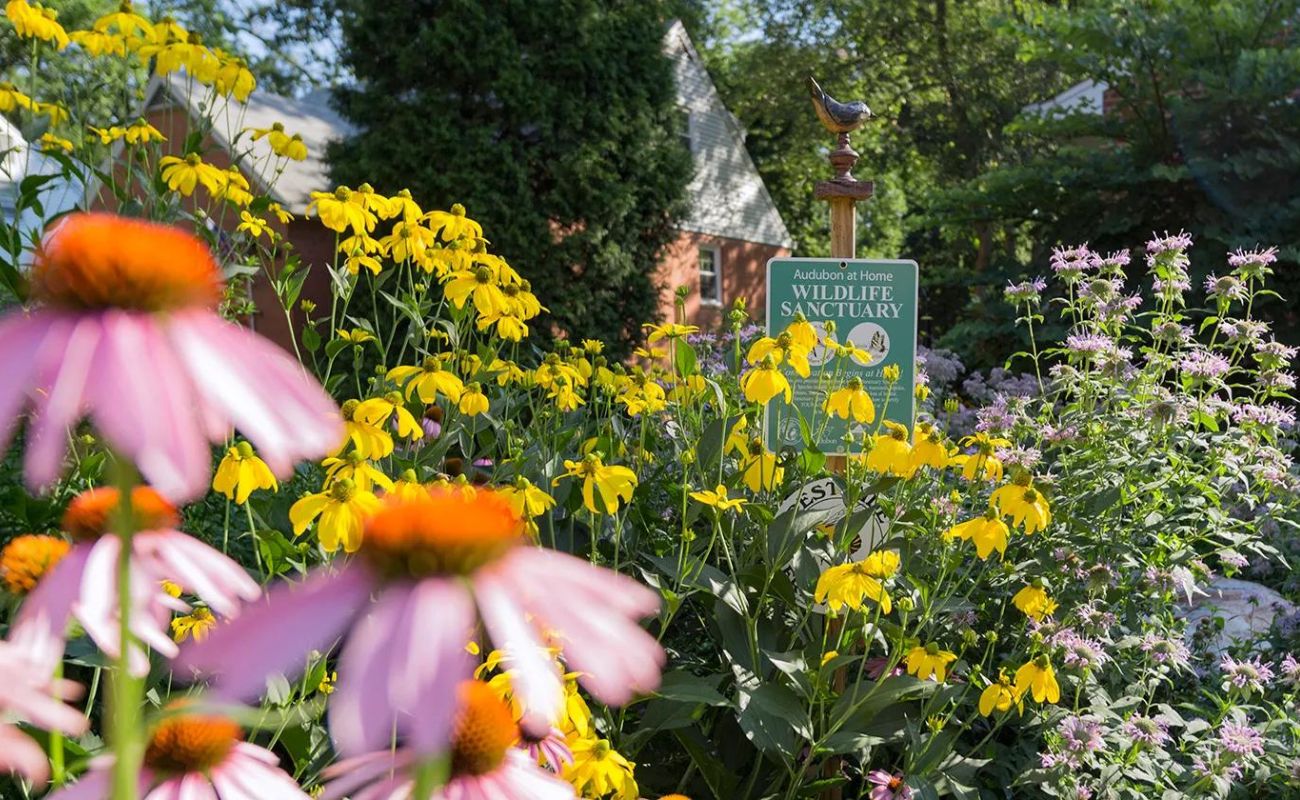
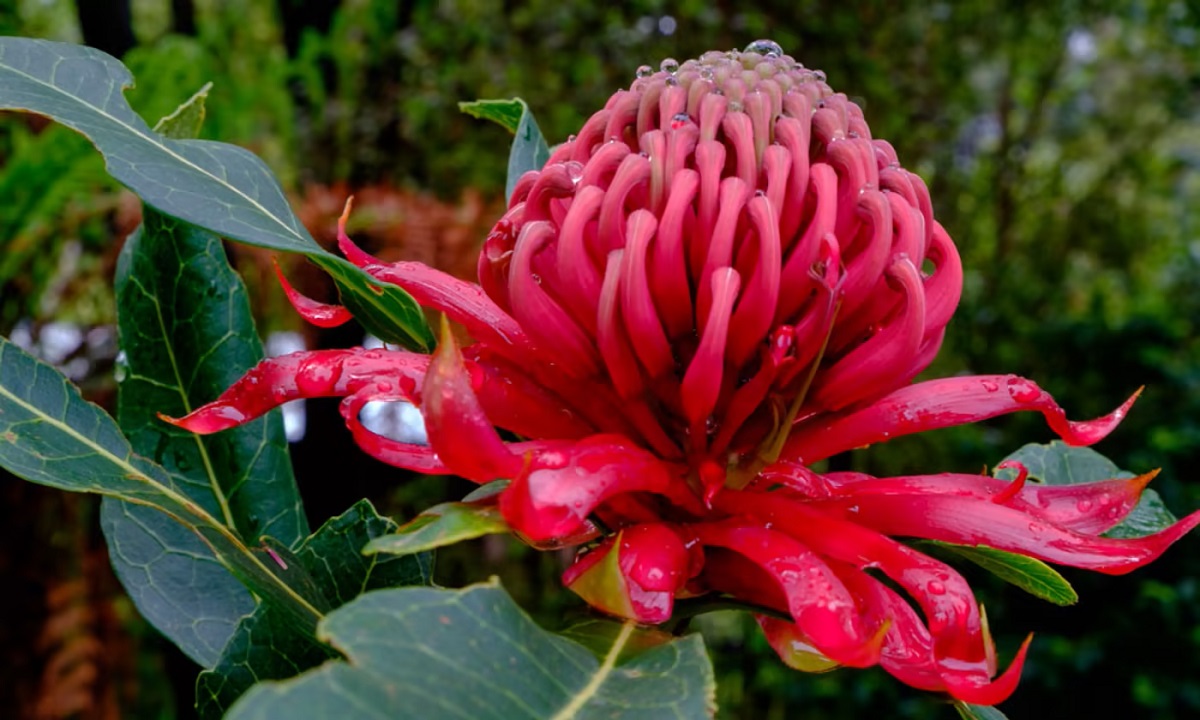
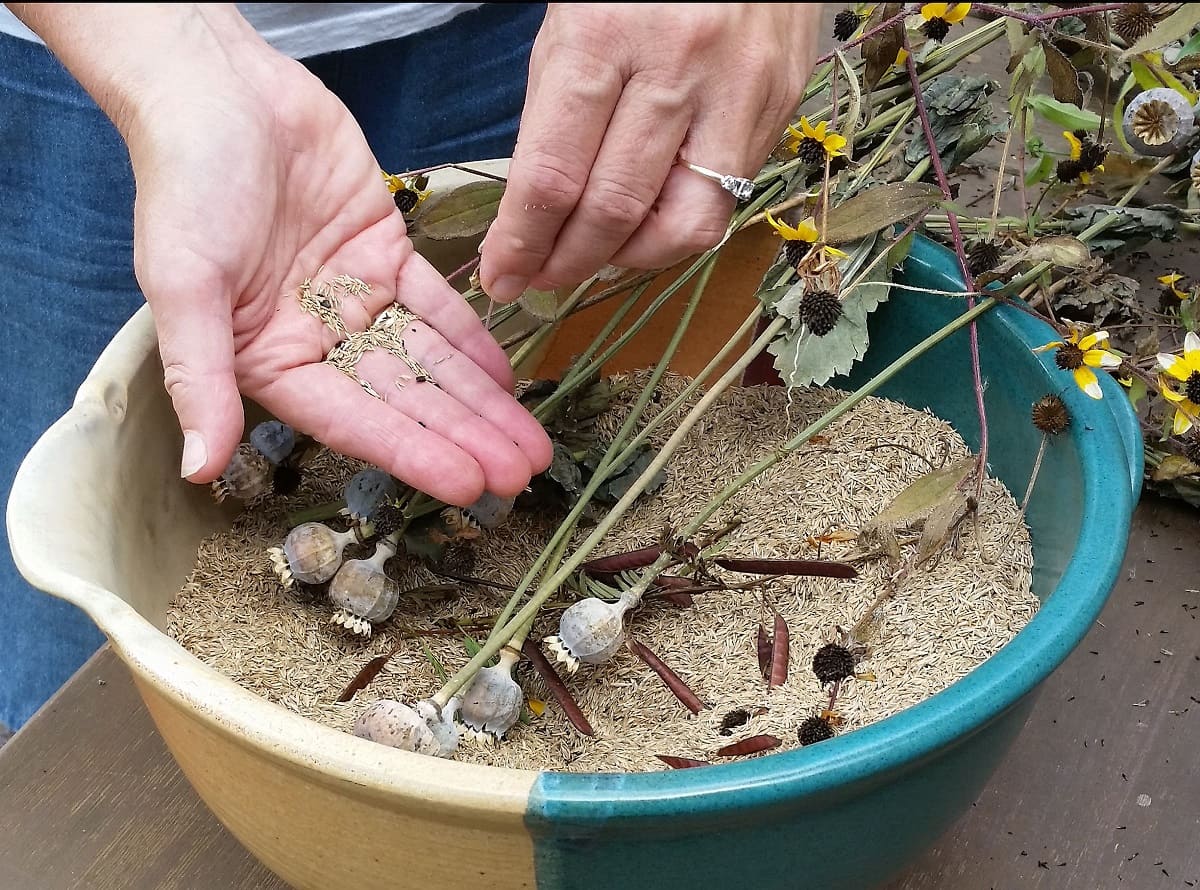
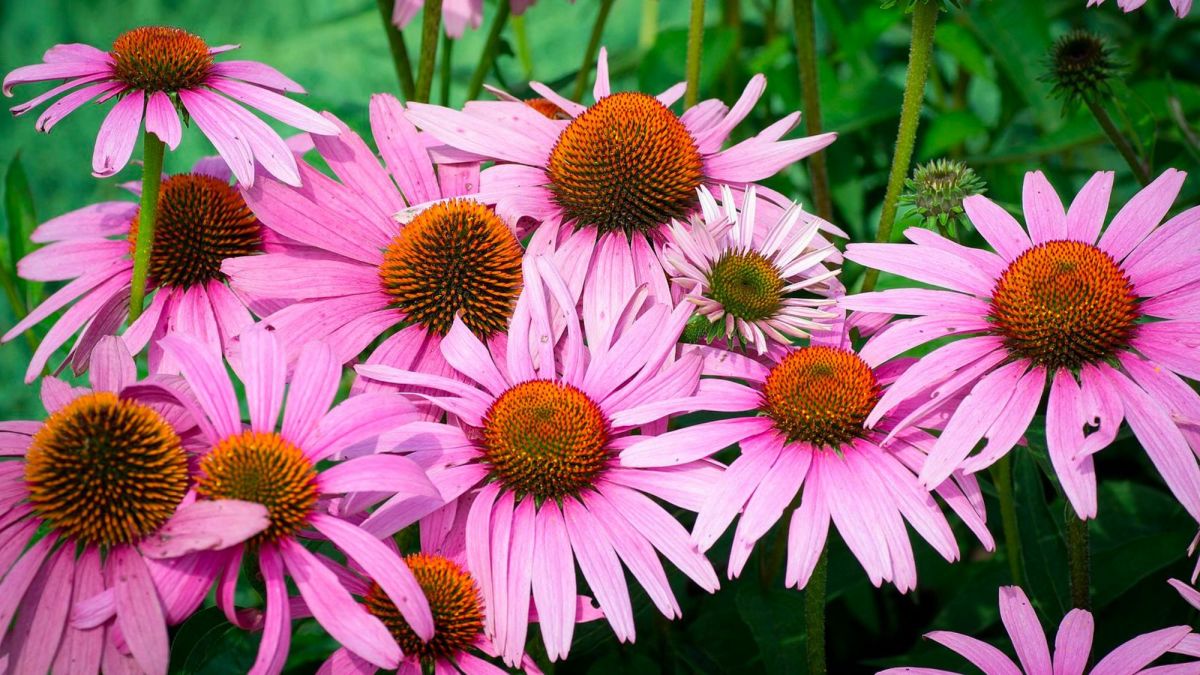
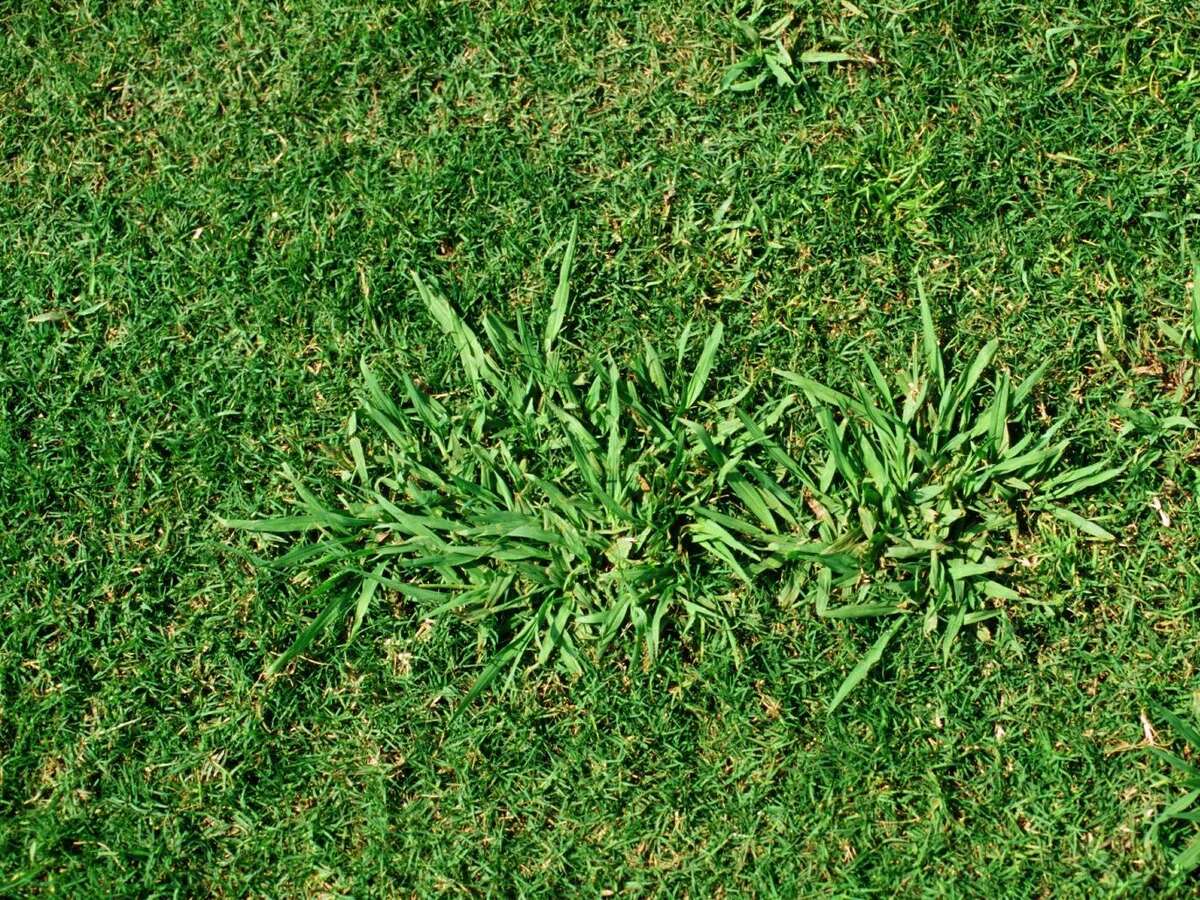
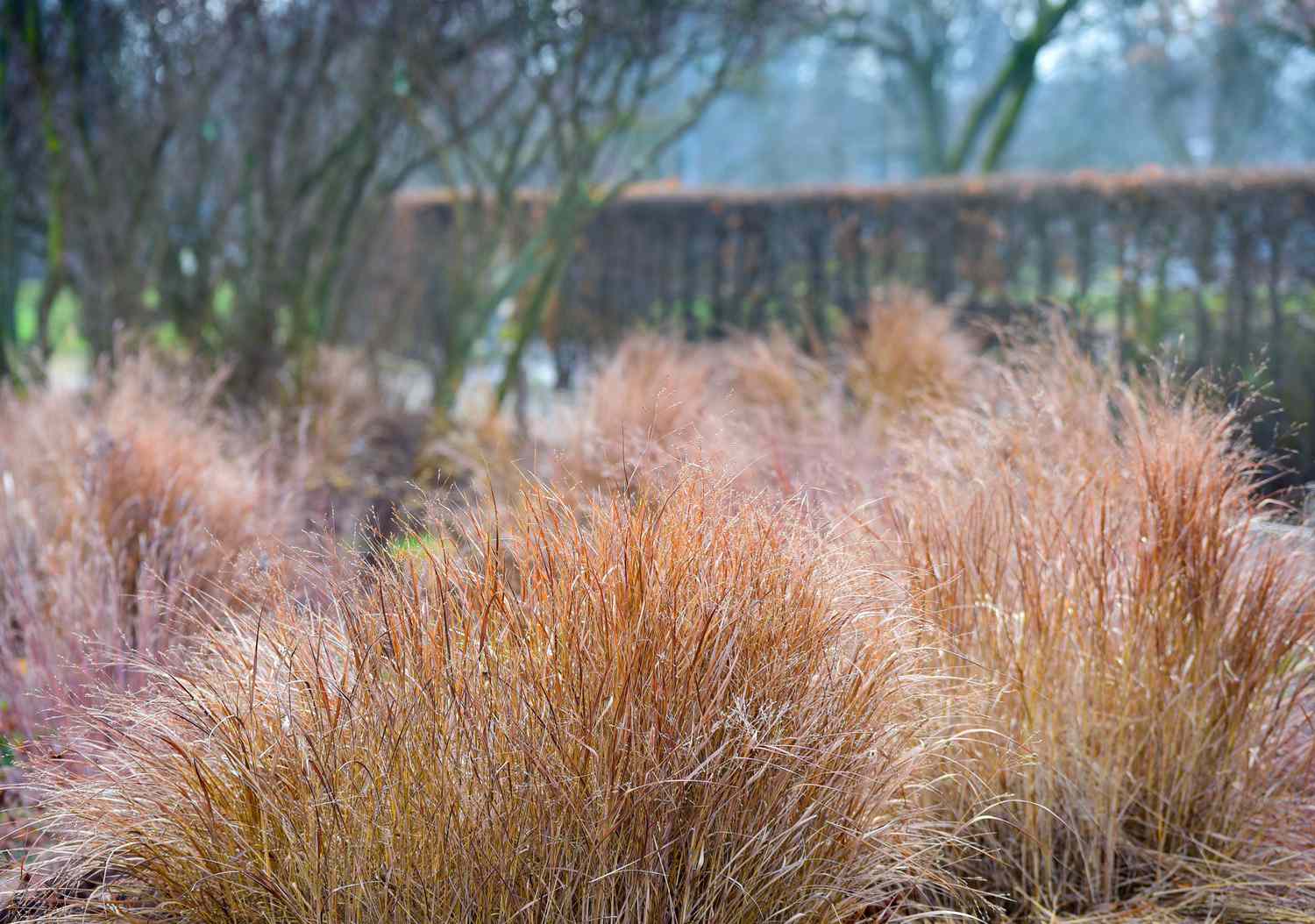

0 thoughts on “When To Plant Native Grass In Colorado”